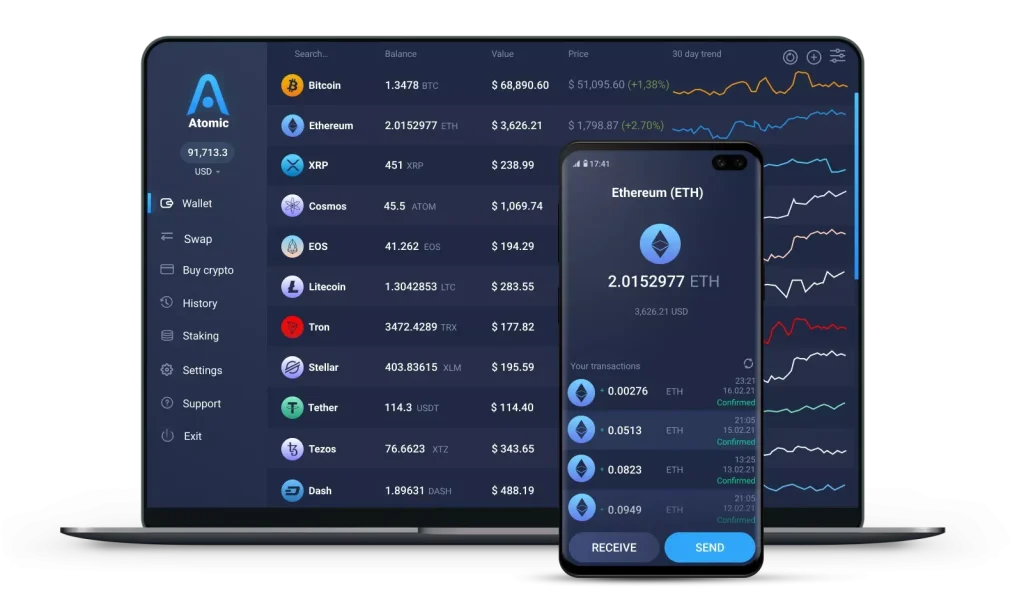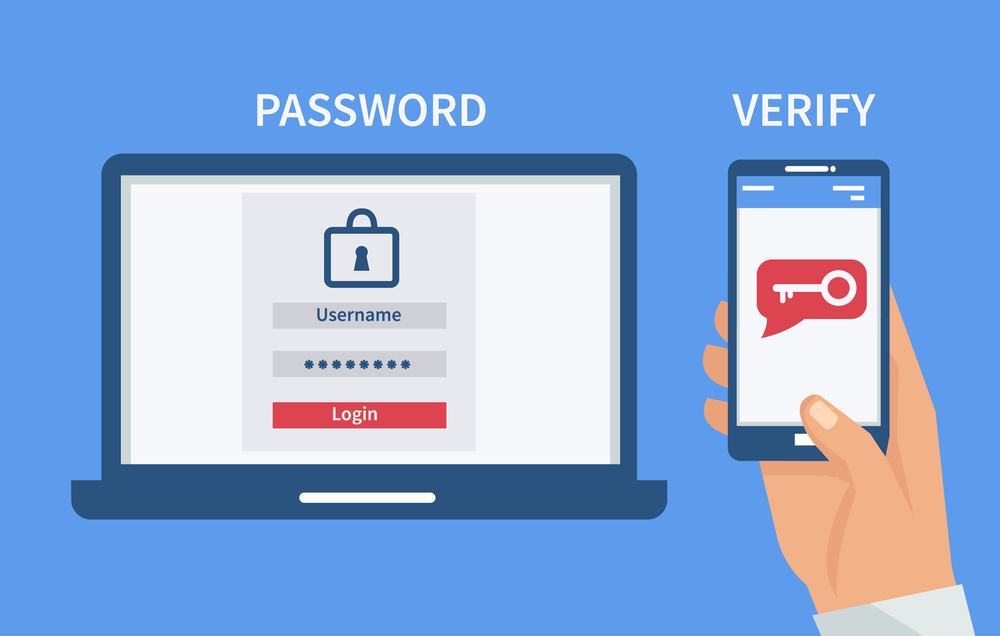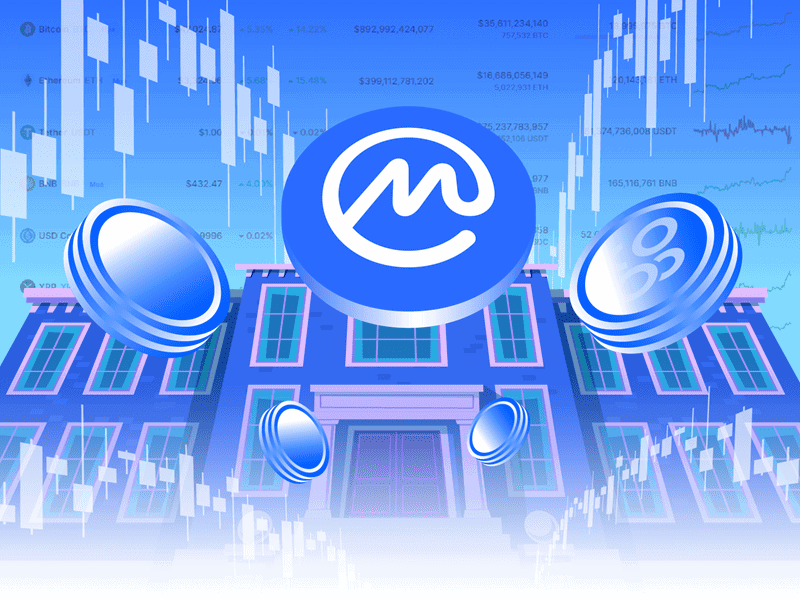In the wild west of digital currency, a Desktop crypto wallet stands as your personal vault. It’s time you learned how to guard your digital gold like a pro. I’ve cracked the code on making your coins as safe as they can be. This guide is your map to understanding wallets, setting them up, and using them like a boss. We’ll explore the difference between hardware and software wallets, why safe storage is key, and the nuts and bolts of getting your desktop wallet ready to rock. Plus, don’t sweat the techy stuff. I’ll walk you through the encryption maze and show you how to keep things tight and right with top-notch security moves. Get ready to transform your desktop into Fort Knox.
Understanding Desktop Wallets for Cryptocurrency
Evaluating Hardware vs Software Wallets
Looking at hardware vs software wallets is like comparing a safe to a vault. Hardware wallets keep your digital coins safe, out of reach from online hackers. They are like small devices that connect to your pc when you need to use your crypto. This is a cold wallet since it does not touch the web often.
Software wallets are programs living on your desktop. Easy for everyday use, they stand ready to trade or pay with crypto. Yet, they are hot wallets because they are always online. This makes them less safe from hacks. Smart management of private keys here is a must. Desktop software wallets often support many coin types.
The Importance of Secure Storage of Digital Coins
Secure storage keeps your coins safe. Like in any wallet, you do not want to lose what’s inside. Using a desktop wallet for cryptocurrency means you are the bank. You must be sharp about wallet backup options and wallet encryption features.
Desktop wallets give you control over your private keys. These are secret codes that let you access and move your coins. Keep your wallet seed phrases, a set of recovery words, in a safe spot. This is needed to get back your funds if you lose access to your wallet.

Desktop Wallets Tailored to Ethereum and Altcoins
Quick and safe backups make sure you never lose your coins. Triple check any wallet security protocols when setting up your wallet. Keeping software up to date is also critical to block any threats that try to sneak in.
Considering wallet transaction fees is vital. Some wallets charge more than others. Linking your wallet to an exchange can help you turn cash into crypto or the other way around. Use cross-platform wallets to easily switch between Windows, Mac, or Linux.
To send coins, laptops or desktops can scan QR codes. Desktop wallet receiving of coins is just the other side of the same coin, easy with a simple address copy-paste.
To sum up, for secure storage of digital coins, pick a desktop wallet that fits your needs. They can be multi-currency, easy to use, and safe. But remember to keep your recovery words and private keys in a safe place. Stay sharp with updates and back up your wallet often. It’s your money, treat it with care.
Setting Up Your Desktop Wallet
Step-by-Step Guide to Desktop Wallet Setup
Getting your desktop wallet for cryptocurrency ready is easier than you think. First, choose a wallet. Think about what coins you want to store, and pick a multi-currency wallet software that fits your needs. Now, let’s set it up. Follow these steps:
- Download: Go to the wallet’s official site and download the setup for your operating system, be it a Windows crypto wallet, Mac cryptocurrency software, or Linux digital wallet.
- Install: Open the file and follow the instructions. It’s rather easy, like setting up any other app.
- Secure: Set a strong password. Use a mix of letters, numbers, and symbols. No easy stuff like “password123”!
- Back Up: Write down your wallet seed phrases. These words are key to recovery of wallet funds if you have trouble.
- Sync: Wait for your wallet to sync with the blockchain. It connects to the network to check your coins.
- Test: Send a small amount of crypto to your wallet. Then, try sending it back out. This tests if all works well.
- Update: Keep your wallet updated. New updates mean better security.
Remember, patience is a buddy here. Synchronization might take some time.
Managing Private Keys and Wallet Seed Phrases
Private keys are like the keys to your house, but for your crypto. They prove you own your digital coins. So handling them safely is a must.
- Never Share: Keep your private keys secret. Don’t share them. Not even with your BFF!
- Store Safe: Write them down and store them somewhere secure. Think of a safe or a locked drawer.
- Back Up: Make several backups. Put them in different spots to avoid losing them to a single accident.
And the wallet seed phrases? These words can bring your wallet back if your computer crashes.
- Write It Down: As soon as you set up your wallet, write down your seed phrase. Do it straight away.
- Keep It Secret: Just like private keys, keep this list to yourself. If others find it, they could access your wallet.
- Avoid Digital: Don’t store your seed phrase on any device that connects to the internet. Go old-school—pen and paper.
- Regular Checks: Check on your written down keys and phrases now and then. You want them readable and safe.
- No Photos: Don’t snap a picture of your backup and seed phrase. Your phone is not as safe as you think.
Remember, your crypto is only as secure as you make it. Keep things updated and backed up. And have a firm grasp on your private keys and wallet seed phrases. They’re your crypto lifeline. Stay sharp and keep your digital treasure locked tight.
Optimizing Your Wallet Use Experience
Deciphering Wallet Encryption Features and Backup Options
Protecting your coins starts with strong encryption. Wallet encryption keeps snoops out. It means your wallet encodes info so only you can read it. You’ll need a solid password for this. Don’t forget it, or you’re locked out!
Your private keys are like secret codes that unlock your coins. Guard them well. Wallets often encrypt these keys to add an extra safety layer. Encryption turns your private info into a secret code. But if your computer crashes, what happens to your coins? That’s where backup comes in.
Backup options save your wallet info somewhere safe. Many desktop wallets let you copy your wallet’s data. You can save it to a USB drive or even print it. It’s like having a spare key to your house, just in case.
A backup might include your wallet’s seed phrase. Seed phrases are like master keys. They can restore your wallet and coins on any device. Write your phrase down and stash it in a private, safe place. Never share it online or with strangers.
Navigating User-Friendly Features and Syncing Across Devices
Today’s desktop wallets should be simple to use. Good wallets help you send, receive, and manage coins without a headache. They should have a clean layout where you can easily find features. Look for ones that show your transaction history clearly. This helps you keep track of your spending and funds.

The Necessity of Two-Factor Authentication (2FA)
Flexibility is also key. Multi-currency wallet software lets you handle different coins in one place. It saves you from having multiple wallets for each type of coin. This way, you have one program for all your crypto needs.
Syncing across devices matters when you switch from desktop to phone. Some wallets let you access your crypto from different gadgets. You’ll want this feature for checking your coins on the go.
When you get wallet updates, they can make your wallet safer and better. They can add new features or patch up security holes. Always keep your desktop wallet up to date.
Finally, desktop wallet setup is your first step in coin control. Follow a good setup guide. This means choosing a wallet that matches your device, be it Windows, Mac, or Linux. Pick the right one, and you’re on your way to safe coin management.
To wrap up, remember these points:
- Use strong encryption and a powerful password.
- Backup your wallet data, including the seed phrase.
- A clean layout in the wallet software helps with usage.
- Multi-currency support is a significant plus.
- Syncing across devices offers convenience.
- Stay current with desktop wallet updates.
By got these down, you’ll boost your crypto wallet game. You’ll keep your digital treasure safe and your mind at ease.
Advanced Security and Management Practices
Implementing Multi-Signature and Air-Gapped Security Measures
Let’s get serious about locking down your digital cash. For starters, multi-signature wallets are a must. How does a multi-signature wallet work? It needs more than one key to say “yes” before sending out cash. This, friends, is like having a double lock on your treasure chest. More locks, more security. And here’s the kicker: even if someone nabs your key, they still need the other keys to get at your coins. Super safe, right?
But wait, there’s more. What on earth are air-gapped security practices? Think of it as a computer that never chats with the internet. It signs off on your transactions in private, then you bring that signature to an online device to finish the deal. It’s like writing a secret note, then passing it through a trusted friend to deliver. No direct contact, no risk of hacking.
Best Practices for Digital Asset Management and Portfolio Tracking
Now, managing your pile of digital gold needs more than a fancy wallet. You need to stay sharp and keep an eye on the ever-changing value of your coins. For that, you need the right tools. So grab a multi-currency wallet software that can track all your different coins in one spot. This way, you see your entire wealth map in a glance.
But you might wonder, “What if something goes wrong?” Enter wallet backup options. Imagine taking a snapshot of your wallet so you can bring it back if things go south. It saves all your important info, like wallet seed phrases and private keys. With this, you’re never really starting from scratch.
Remember, a desktop wallet setup isn’t a one-time thing. You’ve got to stay on top of desktop wallet updates like they’re hot new game releases. These updates lock out those sneaky internet thieves looking for a crack in your wallet’s armor.
To keep your coins safe, tie up those digital shoelaces, friends. Tighten up security with multi-signature and air-gapped measures, and keep a sharp eye on your assets with stellar portfolio tracking. You’ll be a pro at keeping your crypto secure and ready to ride the wild waves of the digital coin ocean in no time.
We’ve covered a lot about desktop wallets, from how they differ in hardware and software forms to why securing your digital cash matters. Setting them up might seem tough, but with the step-by-step guide, you’ve got this. Remember to keep your private keys and seed phrases safe.
Using your wallet should be smooth. So, understanding encryption and getting the hang of wallet features is key. Also, syncing across your devices can save you time.
For those wanting extra safety, multi-signature and air-gapping can lock down your assets. And staying on top of your digital assets? That’s what the best practices are for, to keep you ahead of the game.
Staying smart with desktop wallets means your crypto journey will be safer and more manageable. Keep these tips handy, and you’ll be a pro at keeping your digital treasure secure. Happy trading and stay secure! Follow Dynamic Cryto network to update more knowledge about Crypto.
Q&A :
What Is a Desktop Crypto Wallet and How Does It Work?
A Desktop Crypto Wallet is a type of software wallet that stores the user’s private keys on their own computer. This allows users to manage their cryptocurrencies without relying on third-party services. The wallet interacts with the blockchain to execute transactions and enables the user to monitor their balance and manage their coins. To make a transaction, the wallet signs it with the user’s private key, and then broadcasts it to the network for validation.
What Are the Advantages of Using a Desktop Crypto Wallet?
Using a Desktop Crypto Wallet offers several benefits, including enhanced security since the keys are stored on a personal computer rather than online. They often provide more control and flexibility in transaction settings. Additionally, desktop wallets are generally free from the control of a third-party, reducing the risk of external manipulation or restrictions.
How Do I Choose the Best Desktop Crypto Wallet for My Needs?
To choose the best Desktop Crypto Wallet, consider security features offered, such as two-factor authentication or multi-signature capabilities. Also, look for compatibility with the cryptocurrencies you want to manage, and ensure the wallet has a good reputation and strong user reviews. Ease of use and the presence of customer support can also be critical factors in your decision.
Are Desktop Crypto Wallets Secure Against Hacking?
Desktop Crypto Wallets are generally secure, but they are only as secure as the computer they are hosted on. Users should maintain proper cybersecurity practices, such as using strong, unique passwords, keeping the wallet software and the computer’s OS updated, and having reliable antivirus software installed. Offline backup of the private keys is also important in case of hardware failure.
Can I Access My Desktop Crypto Wallet from Multiple Computers?
Accessing your Desktop Crypto Wallet from multiple computers is possible, but it is not recommended for security reasons. If you must do so, it’s crucial to ensure that every computer has robust security measures in place. Alternatively, you may want to consider using a hardware wallet or a multi-platform wallet solution that offers access across different devices securely.

